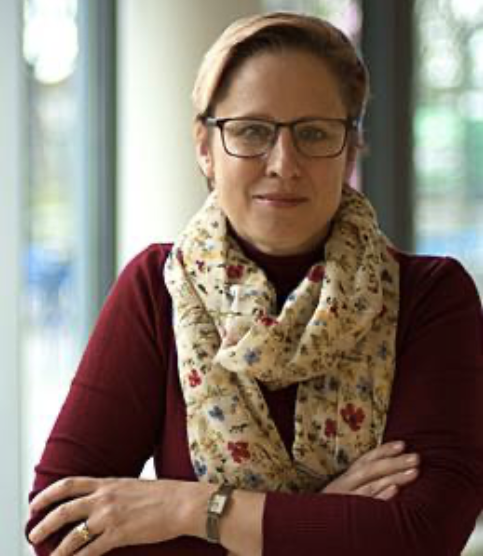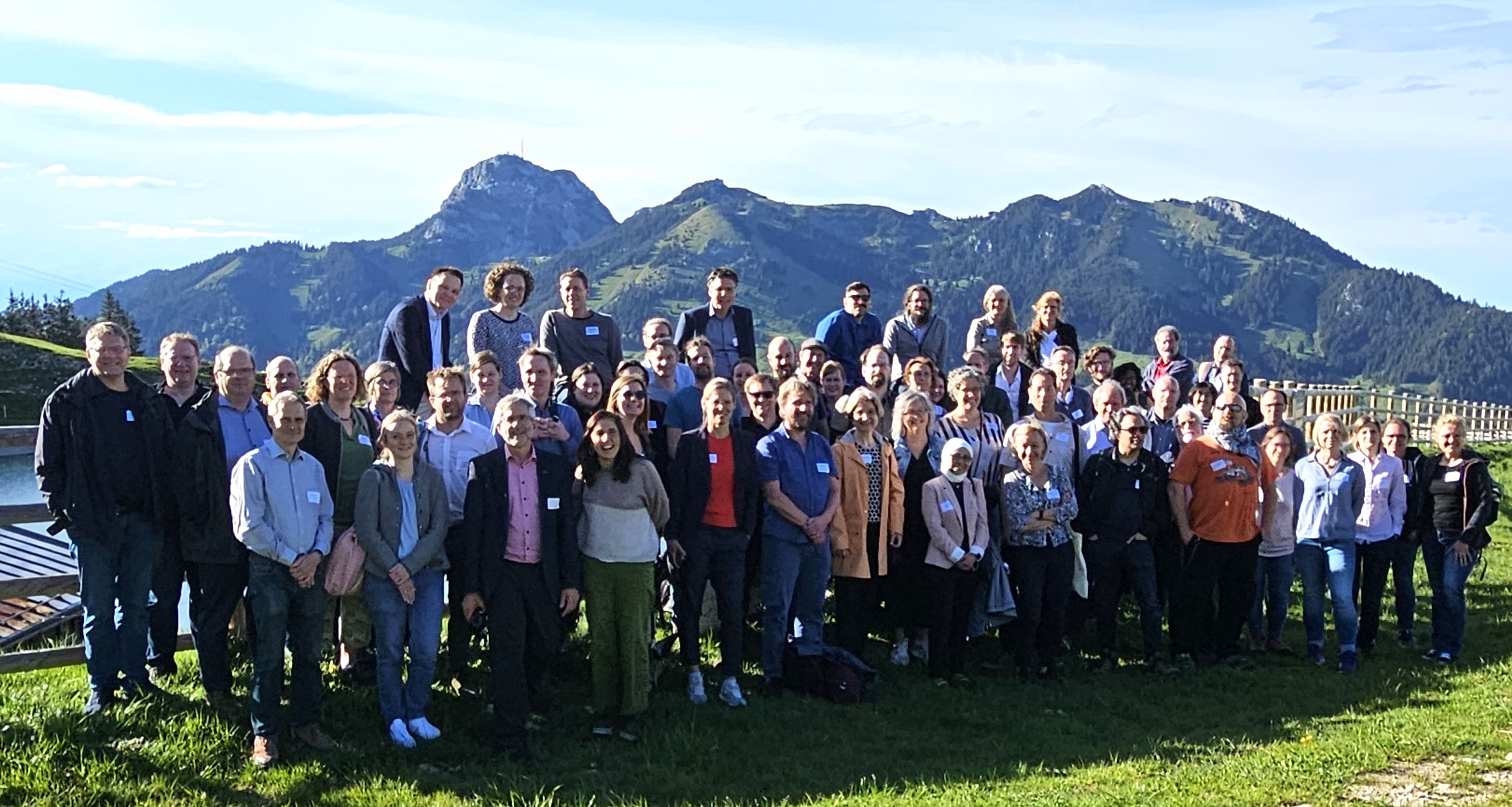Proceedings and videos of keynotes The conference proceedings and recorded keynote videos from the 12th…
Gillian Saunders-Smits from TU-Delft Netherlands on Communication Skills with Natalie Wint and Neil Cooke

Employers, researchers, and policy-makers repeatedly stress engineers should demonstrate not just technical skills but a growing range of transversal competencies. However, there is little consensus regarding the levels for each non-technical skill that engineering students should attain before graduating. Accordingly, engineering educators face hurdles when developing learning outcomes, teaching interventions, and assessments to assure the right levels are reached.
Listening has been identified as one ‘Desired attribute of an Engineer’ (McMasters and Matsch, 1996) but is also a competency for which a skills gap has been identified (Meier, Williams, and Humphreys, 2000). In this episode, we discuss a game-based communication activity that was developed to practice and reflect on students’ communication competencies, including describing information in a short time, listening skills, and asking and responding to questions.
In this episode, we spoke to Dr. Gillian Saunders-Smits, an Associate Professor at the Faculty of Mechanical Engineering in the Cognitive Robotics department at Delft University of Technology, an investigator on the European PREFER project who has made use of her experience of the industry to work towards reducing the gap between engineering graduate skills and industry needs.
The rest of the article will summarise the key points discussed.
What are transversal competencies?
Gillian makes use of a UNESCO definition to describe transversal competencies as “skills, values, and attitudes that are required for learners’ holistic development and for learners to become capable of adapting to change’ (Care and Luo, 2016). She explains that the benefit of using this term is that it encompasses values and attitudes as well as skills and thus takes consideration for your environment and the people around you. She considers that such competencies are needed to hold the rest of the curriculum together and are vital in ensuring students are ready for the workplace.
The subskills involved in communication
Communication skills are split into several sub-skills: quality of presentation method; presentation skills; adaptive communication style; self-confidence. English language skills; listening skills; writing skills; and interconnection/interrelation ability. Gillian explains how traditionally communication content focused on writing and reporting and delivering a presentation, but that increasingly this was being taught at early stages. She also explained that the globalized nature of engineering means that there needs to be more focus on adapting and communicating with those from different countries, cultures, and disciplines. Listening was identified as one area in which industry considered there to be a skills gap.
Determining the degree of mastery
Gillian explains the problems associated with determining the level of mastery necessary and describes the use of an instrument that was used to determine required competency mastery levels for BSc and MSc graduates by European industry. The work demonstrated that the transversal competency instrument was suitable for determining desired industry mastery levels as well as for mapping transversal competency course outcomes. The findings showed a common agreement between the transversal competencies with the highest levels for BSc and MSc graduates as seven transversal competencies: strengths and weaknesses awareness, listening skills, actively seeking learning, interdisciplinary thinking, time management, writing skills, and risk tolerance. The instrument was also used to identify the most important transversal competencies for engineering graduates, which include actively seeking learning, strengths and weaknesses awareness, problem-solving, autonomous work, project management, curious for innovation, engagement in teamwork, technology benchmarking, collaborative goal-oriented, and adaptive communication style.
She explains that every student starts at a different point and may have extra-curricular experience and that for each competency, awareness is the threshold, whereas mastery will depend on the program and specific industry needs. She also highlights the need for students to understand that they will keep learning and developing once they leave university. However, she does warn against the criteria being too prescriptive and from labeling students as ‘bad engineers’ if they can do a certain thing to a certain standard.
Gamifying communication
Gillian describes the creation of a communication activity to practice and reflect on students’ communication competencies, including describing information in a short time, listening skills, and asking and responding to questions, whereby the participants are given an image, have to pass instructions to the next person to draw it and compare the image at the end. She then describes a mixed-method approach that was used to measure students’ communication performance, their perceived communication competencies, and the benefits of this activity to students. The intervention was deemed effective because it was engaging and set by rules; students actively participated during the activity, reflected on their effective and ineffective communication competencies and the existing communication barriers and styles, gained awareness, experienced communication in teams, and cooperated with different people. The work, therefore, highlighted the effectiveness of a small intervention using a proven communication activity.
Gillian also reminds us of the need to align activities with learning outcomes and the programme structure and provides an example of integrating the activity into a course in forensic engineering where students learn how air accidents are investigated and the need, as a safety investigator, to talk to people and ask the right questions and adapt.
Resources
For more detail on some of the findings discussed in this episode, you can read Gillian’s publication “Using an industry instrument to trigger the Improvement of the transversal competency learning outcomes of engineering graduates”https://www.tandfonline.com/doi/full/10.1080/03043797.2021.1909539
To access the transversal competency tool that was developed, visit https://zenodo.org/record/4675078
To access the resources needed to make use of this listening activity in your own context, visit https://ocw.tudelft.nl/transversal-skills/communicating-is-more-than-just-talking-chinese-whispers-with-a-twist/
Further papers about the intervention https://journalsojs3.fe.up.pt/index.php/jte/article/view/2795-4005_001-001_0004
The effectiveness of an activity to practise communication competencies: A case study across five
European engineering universities – Mariana Leandro Cruz, Sofia Sá, Diana Mesquita, Rui M Lima,
Gillian Saunders-Smits, 2022 (sagepub.com)
Other references
Care, E., and R. Luo. 2016. Assessment of Transversal Competencies: Policy and Practice in the Asia-Pacific Region. Bangkok: UNESCO
McMasters, J., and L. Matsch. 1996. “Desired Attributes of an Engineering Graduate – an Industry Perspective.” Presented at the Advanced Measurement and Ground Testing Conference, New Orleans, Louisiana.
Meier, R. L., M. R. Williams, and M. A. Humphreys. 2000. “Refocusing our Efforts: Assessing non-Technical Competency Gaps.” Journal of Engineering Education 89 (3): 377–385.
Rosenberg, M.B. and Chopra, D., 2015. Nonviolent communication: A language of life: Life-changing tools for healthy relationships. PuddleDancer Press.
Seppanen, M., 2022. The quality of argumentation and metacognitive reflection in engineering co-Design. European Journal of Engineering Education, pp.1-16.
